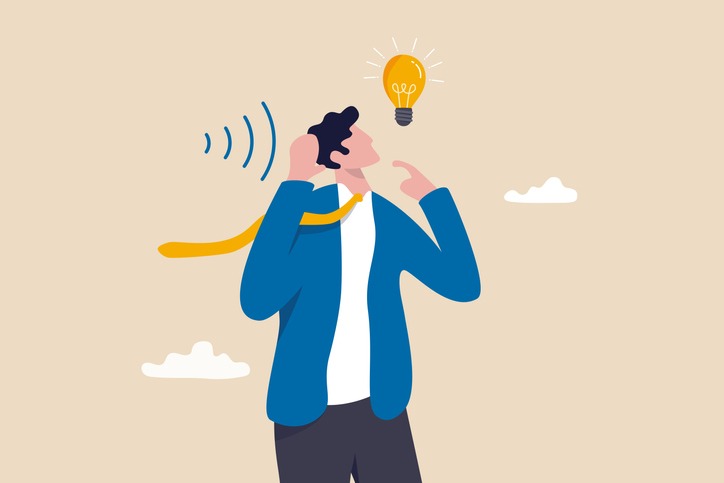
Phil Burton, business manager, Hallbrook and Cosby Primary School, on how you can master the art of listening
Read the full article below or on page 22 in our April magazine
I recently came across a great article about leadership and listening which was pulled together by a fellow member and friend of the Institute of Leadership and Management; it really made me think about what exactly good listening looks like. As a leader, listening plays a key part in our ability to do our roles effectively and whilst being good at listening is not the only attribute to being a good leader, it certainly helps.
To use a word the writer shared – listening is the ‘horcrux’ to which people attach emotions and feelings. If someone feels listened to, they are more likely to engage, feel empowered and valued. If you can harness this you can see transformational change, build relationships and, ultimately, improve productivity. With this in mind here are the top six tips to improve your listening skills.
- Listen to the language used – every discussion and conversation will contain key pieces of information that you can use to help you understand and guide the conversation. The choice of words and language will can tell you a lot about what is happening, or what the person is trying to tell you.
- Ask questions to clarify – a little like the above, listen to what is being said, or implied, then ask follow up questions to clarify your own understanding of the conversation. You may ask a question that allows the individual to open up a little more about the subject.
- Silence is your friend – depending on the situation, a strategically placed silence can really work. Most people don’t like silence, and feel that they need to fill the gap. Silence actually allows the brain to focus and process what has been said – therefore, a pause is a good thing. As an aside, I used to be a fraud investigator and found that if I asked a challenging question and waited in silence, the interviewee would feel compelled to talk and, more often than not, would say things that helped my investigation. Using the same principles will work in a slightly different way on a person’s need to talk and break the silence in other circumstances.
- Listen with your eyes – a little bit like point one. A conversation is only partly to do with the words; observing the other person will often give away small hints to what they really mean. Now we are not experts in facial micro expressions such as Cal Lightman (a reference to Lie to Me which was a fictional series all about micro expressions) but there are some signs that we can all recognise – happiness, joy, sadness, concern and anger. Pay attention to these as they may give you a bit more insight.
- Don’t leak – similar to the above, but this time it’s about you. The way you behave, sit or conduct yourself will affect the way the other person talks to you. They say people show their thoughts on their faces so if you are rolling your eyes at what is being said then you are not really doing a good job at listening because you are stopping the other person from saying what they feel.
- Take some notes – you cannot remember everything so making some key notes will help you to remember what has been said.



Be the first to comment